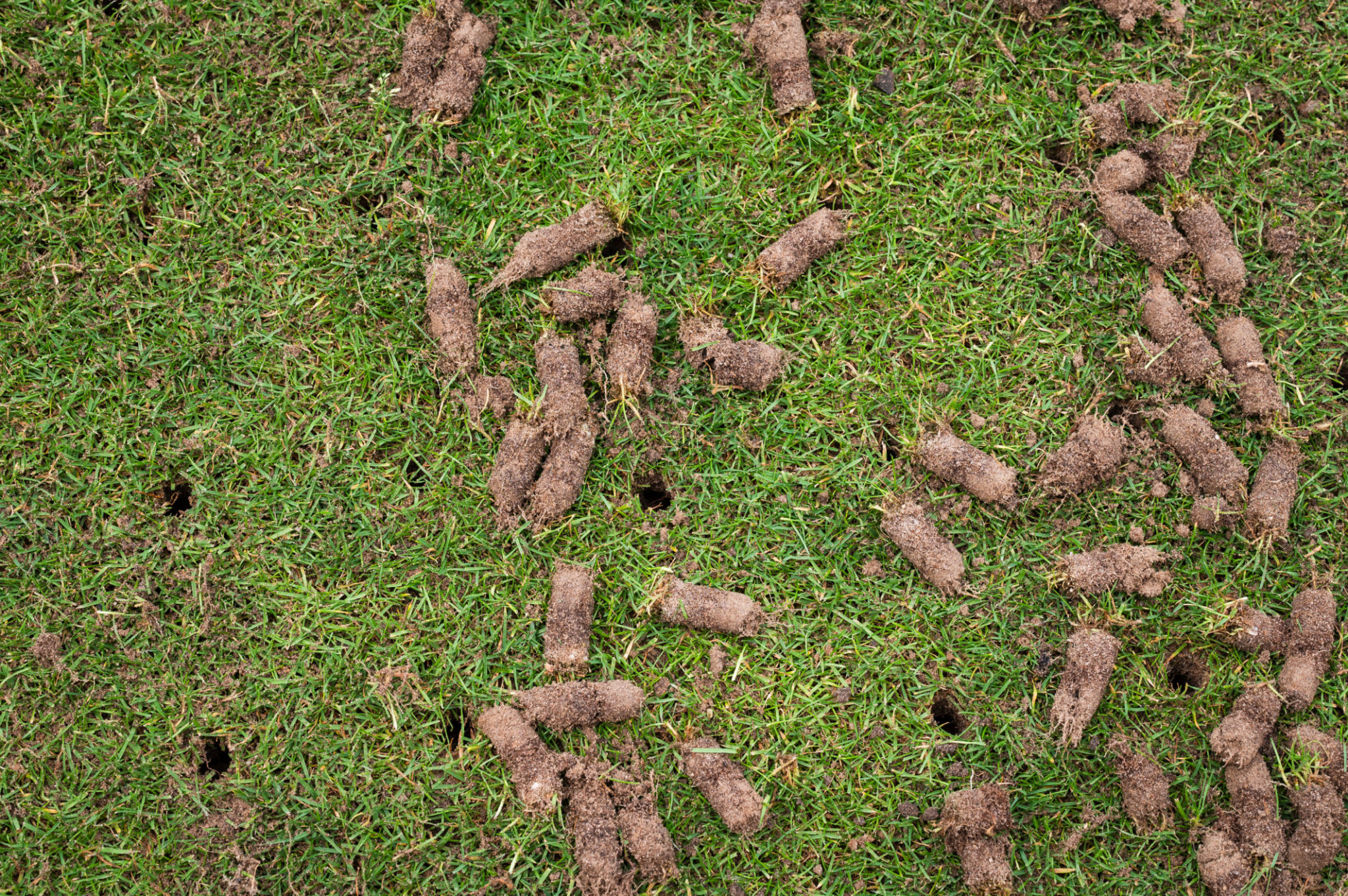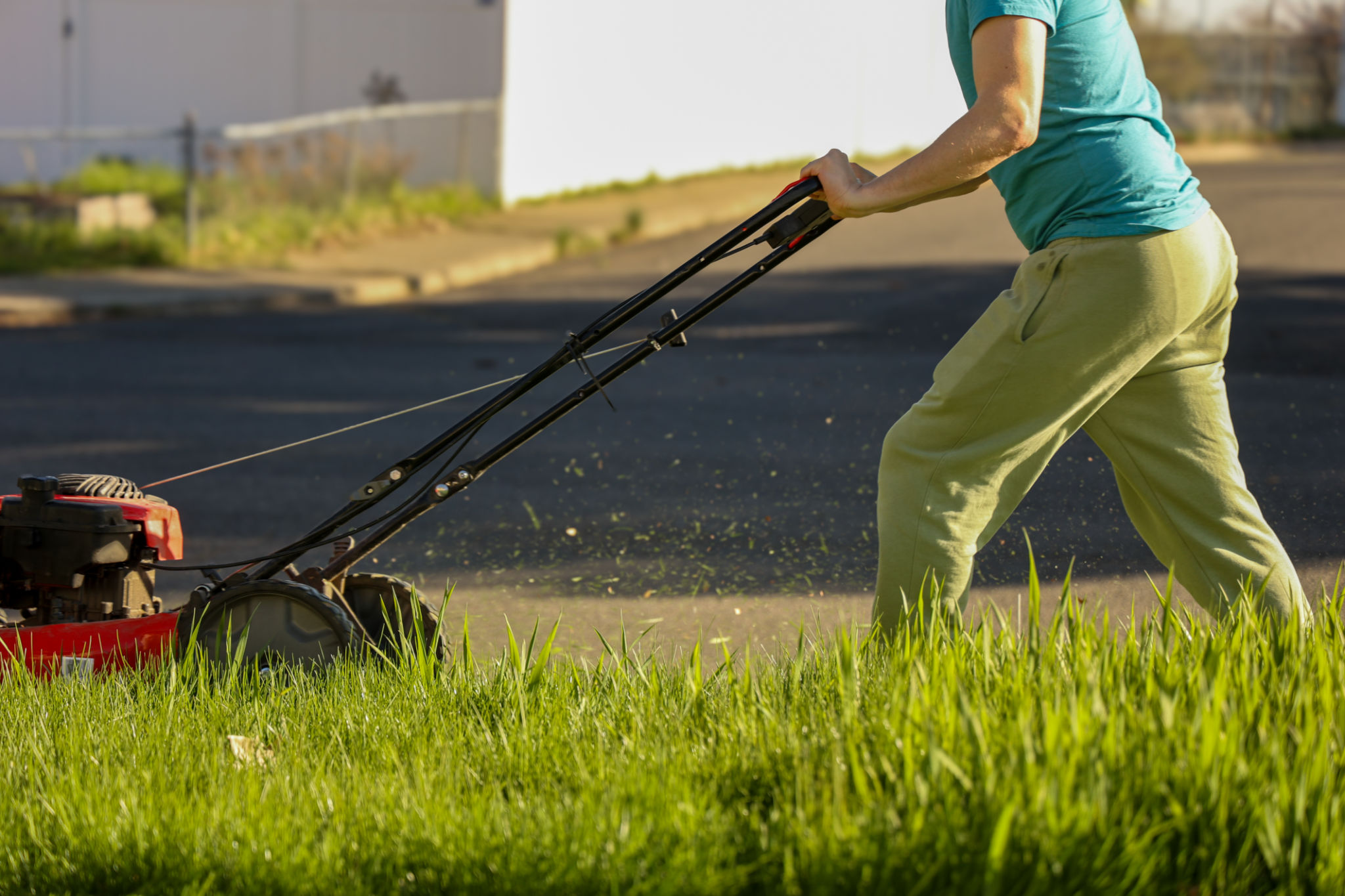How to Prepare Your Lawn for Spring in Hamilton
HS
Assess Your Lawn's Current Condition
As spring approaches in Hamilton, it’s time to prepare your lawn for the warmer months. The first step in this process is to assess the current condition of your lawn. Look for any bare patches, areas with excessive thatch, or signs of pest infestation. Identifying these issues early will help you address them more effectively.
Once you have a clear understanding of your lawn's condition, you can plan the necessary steps to rejuvenate it. This assessment will guide your decisions regarding seeding, fertilization, and pest control measures.

Clear Debris and Dethatch
Winter can leave your lawn covered in debris such as fallen leaves, twigs, and other organic matter. Begin your spring preparation by clearing away this debris. Removing it will allow sunlight and air to reach the grass, promoting healthy growth.
If your lawn has a thick layer of thatch—an accumulation of dead grass and roots—it’s essential to dethatch. This can be done using a specialized dethatching rake or a mechanical dethatcher. Dethatching improves air circulation and water penetration, fostering a healthier lawn.
Aerate the Soil
Compacted soil can hinder root growth and prevent water and nutrients from reaching the grass roots. Aerating the soil helps alleviate compaction by creating small holes that allow air, water, and nutrients to penetrate deeper into the soil.
Spring is an ideal time for aeration in Hamilton. You can rent an aerator or hire a lawn care professional to perform this task. Aerating in spring prepares your lawn for robust growth throughout the season.

Fertilize Your Lawn
Fertilization is crucial for providing your lawn with the nutrients it needs to thrive. As temperatures rise, applying a balanced fertilizer can help kickstart growth and green up your lawn. Choose a fertilizer that suits your grass type and follow the recommended application rates.
In Hamilton, early spring is an optimal time to apply fertilizer. This timing ensures that nutrients are available as soon as the grass begins its active growth phase.
Reseed Bare Patches
If your lawn has developed bare patches over the winter, reseeding is necessary to restore its uniform appearance. Choose a grass seed that matches your existing lawn for the best results.
To reseed effectively, loosen the soil in the bare areas, spread the seed evenly, and lightly rake it into the soil. Water the area regularly to keep it moist until the new grass establishes itself.

Manage Weeds and Pests
Spring is also a time when weeds and pests can become more active. Managing these threats early can prevent them from overtaking your lawn. Consider using pre-emergent herbicides to control weeds before they sprout.
Inspect your lawn for signs of pest activity such as grubs or insects. If needed, apply appropriate treatments or consult with a lawn care specialist to address these issues effectively.
Set Up a Regular Mowing Schedule
Regular mowing is essential for maintaining a healthy lawn. As your grass begins to grow in spring, set up a mowing schedule that keeps your lawn at an optimal height.
Avoid cutting more than one-third of the grass height at once to prevent stress on the plants. Keeping the blades sharp ensures clean cuts and promotes healthy growth.

Water Wisely
Finally, ensure your lawn receives adequate water throughout the spring. Proper watering practices support deep root growth and enhance drought resistance.
In Hamilton's climate, aim to water deeply but infrequently. This encourages roots to grow deeper into the soil, making your lawn more resilient during dry spells.